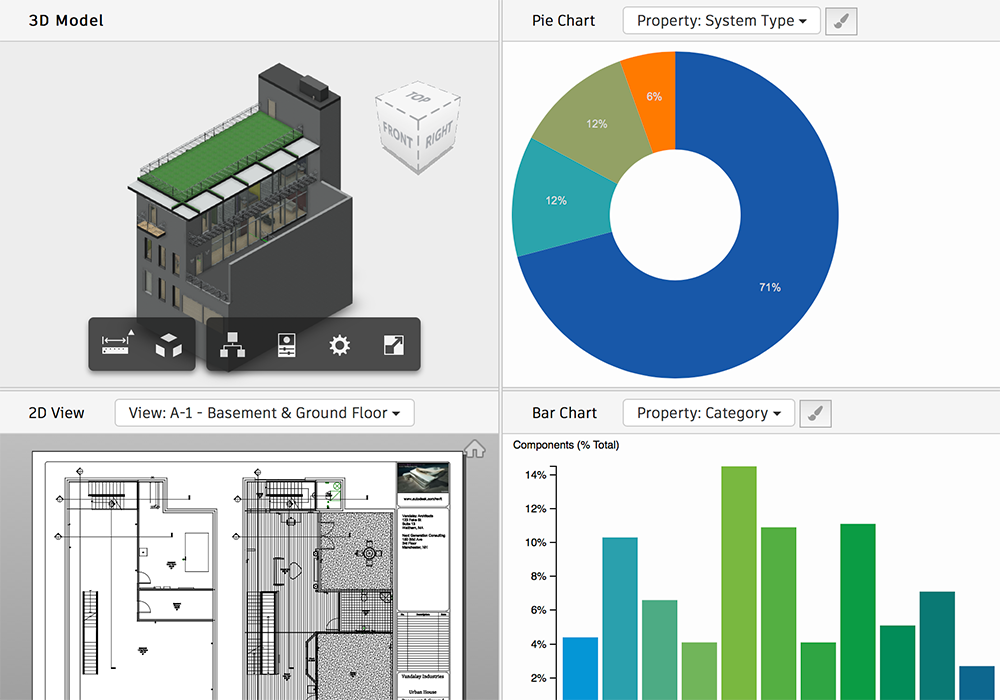The BuiltWorlds team ventured to Las Vegas before Thanksgiving to attend Autodesk University 2017. This is part 4 of a 4-part series.

Competition is fierce in the tech industry, who is increasingly setting its eyes on the $7T+ built world. In response, Autodesk is smartly moving to improve accessibility to its platform for third parties through Autodesk Forge and its Connect and Construct Exchange.
Why is this a smart move?
1. Autodesk is staying true to its roots

Over the years, the multinational software company has learned important lessons from its best known product — AutoCAD. Their goal for Forge, according to CEO Andrew Anagnost, is to model it after AutoCAD, which grew to where it is today because third parties were able to build integrations and plugins on top of the software. It’s almost like crowdsourcing solutions to make the software more usable and valuable. Plus, it brings promising third parties to Autodesk’s table that the company can then choose to invest in.
2. It aligns with their mission to connect people, processes, and data
Forge gives developers access to the APIs needed to create BIM 360 app integrations, and the Connect and Construct Exchange allows users to build or use uploaded integrations. By opening up to additional apps, Autodesk is helping users streamline their data processes, prevent duplicate information, and increase accessibility to multiple data points or documentation
3. It helps Autodesk with their investments in machine learning
In a special media session, Anagnost confirmed Autodesk’s investments in machine learning and their pursuit to create a machine learning lab within the company to help benefit users and determine product priorities. Algorithms, he said, are only as useful as the set of data you have to teach the machine. Making APIs and third party integrations more easily accessible through Forge and Connect and Construct means a powerful set of data that will fuel Autodesk’s machine learning initiatives.
4. It flattens the adoption curve
The AEC industry is notoriously slow to adopt new technology and solutions, and lack of accessibility is one of the key drivers to this unfortunate trend. It’s why there’s a gap between each era of innovation. “It’s the space between the old and new economy,” Anagnost said. “It’s where the skills you had in the past are not the skills you are going to need in the future.” Improving platform accessibility — whether it’s through low/no cost software for students and universities, open APIs, integration with other software — helps encourage healthy competition, remove barriers to go digital, and expand the AEC tech market.
This was part 4 of a 4-part series on the 3 big topics we’re still thinking about from AU 2017.
Check out the rest of the series here


Discussion
Be the first to leave a comment.
You must be a member of the BuiltWorlds community to join the discussion.